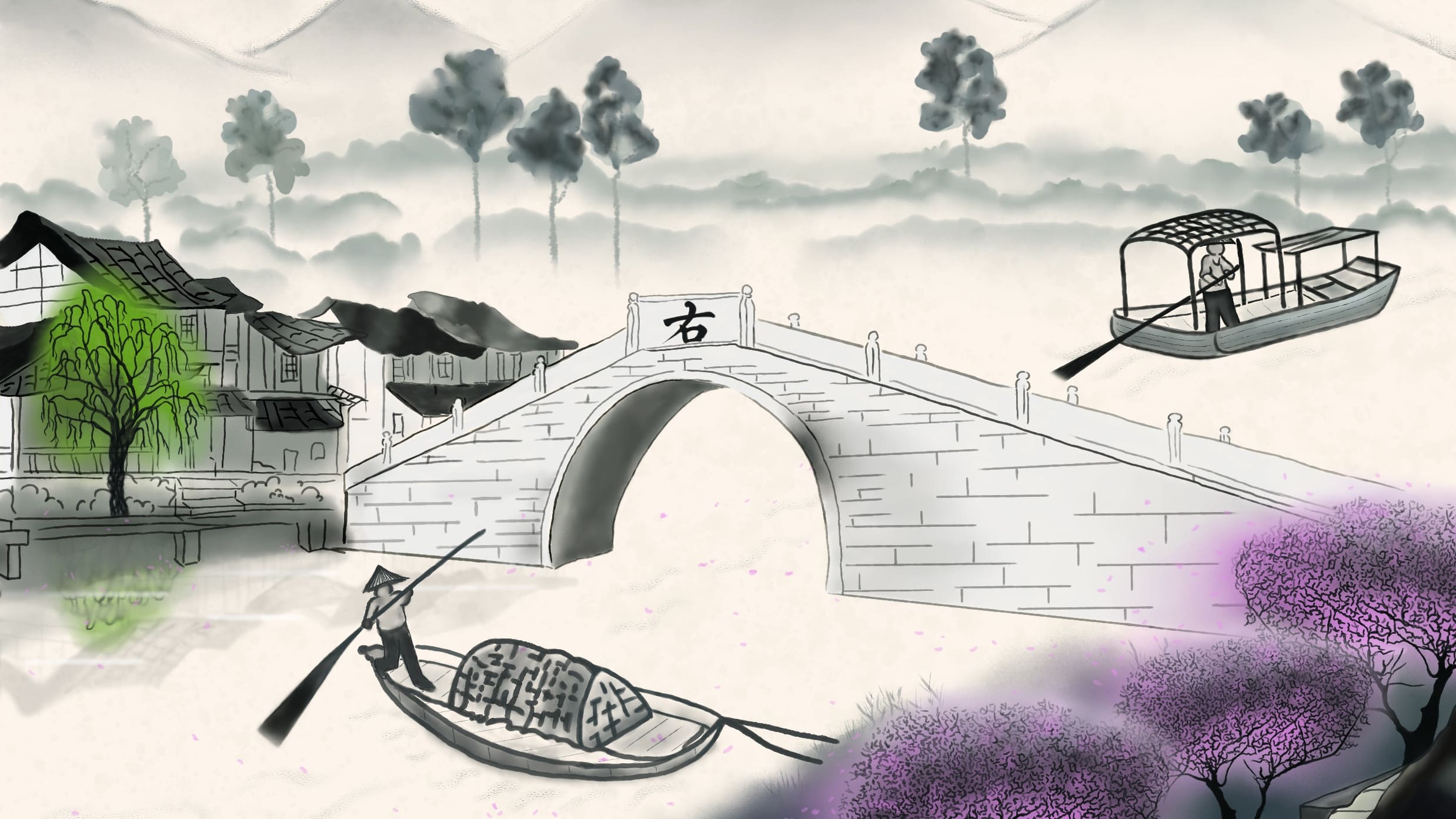Good for Plants, Not So Good for Animals
Nitrates and nitrites, chemicals used primarily in fertilizers, are unrivaled at increasing crop production.
Unfortunately, they may also be hazardous to aquatic animals.
An NC State study released in PLoS One showed that these chemicals were converted to nitric oxide – a serious toxin – in water fleas, and that water fleas exposed to nitrites showed adverse developmental and reproductive effects. Scientists previously knew that plants converted the chemicals to nitric oxide, but there was scant evidence that animals could make such a conversion.

Perhaps even more disconcerting, the researchers found adverse effects at low chemical concentrations. Nitrite concentrations are generally 1 to 2 micrograms per liter of water; the researchers noticed harmful effects to water fleas at 0.3 micrograms per liter of water.
How would water fleas get exposed to chemicals used on a farm far away from their aquatic homes? Stormwater runoff, mostly.
Dr. Gerald LeBlanc, a toxicologist and the corresponding author of the paper, says that we can’t eliminate use of these “magic-grow” – I’m purposefully avoiding the brand name – chemicals. Instead, he says, we need to find ways of better preventing these chemicals from getting into surface waters.
Next on LeBlanc’s research agenda: finding out if other animals species are affected by nitrates and nitrites and figuring out any implications to human health.


